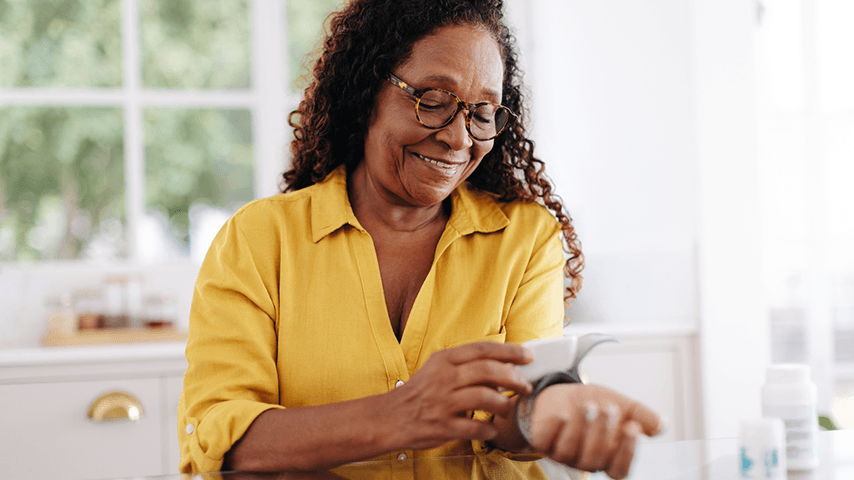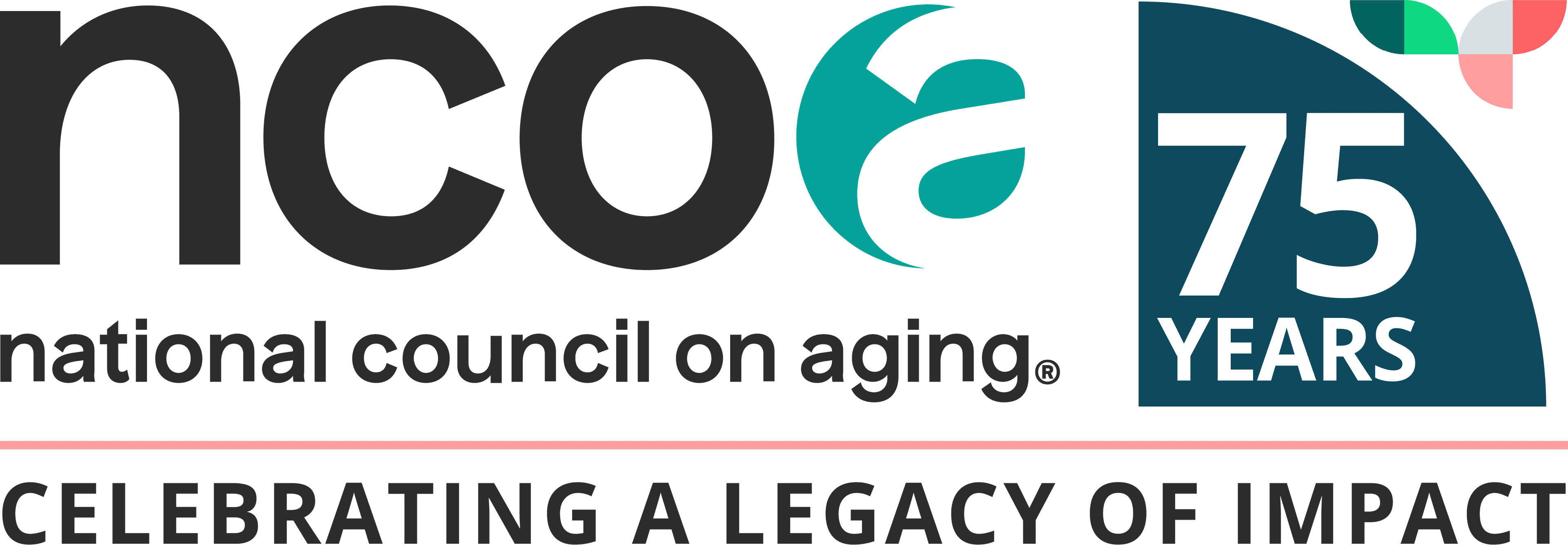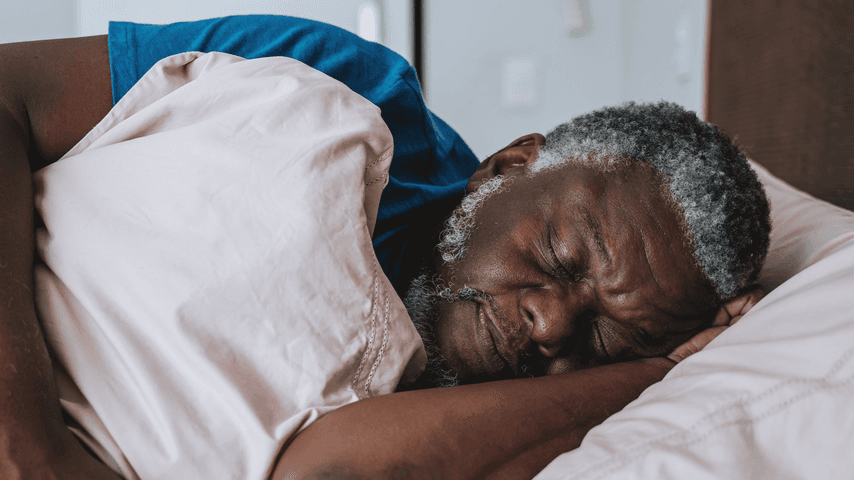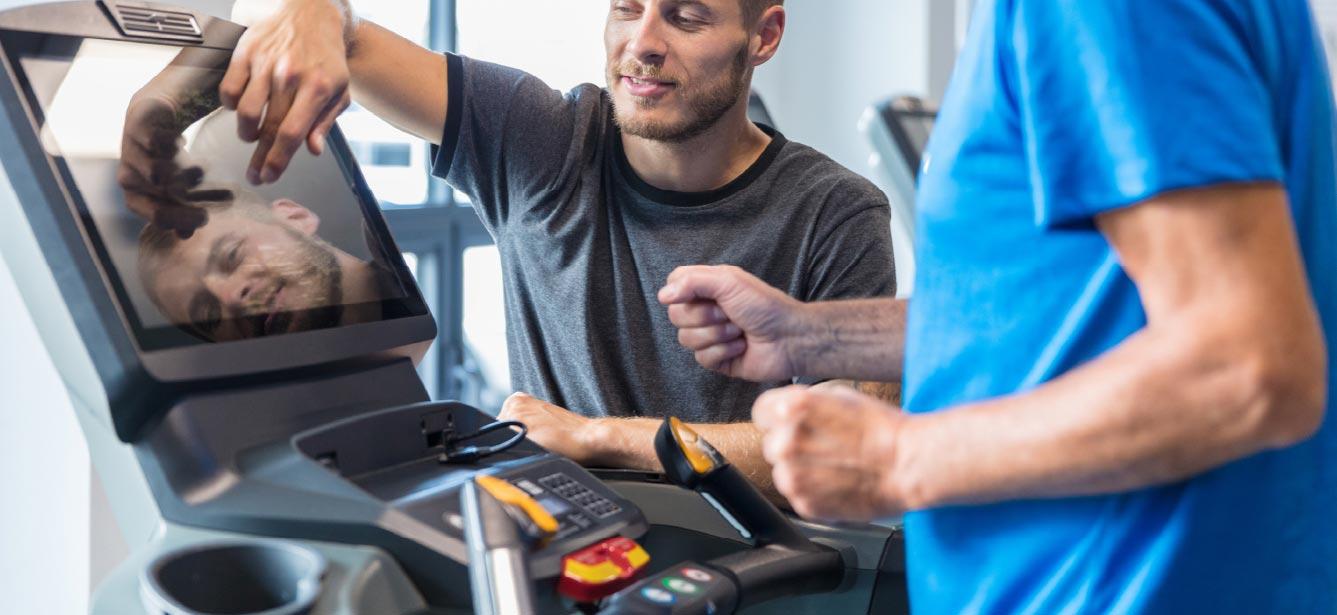
Related Topics
You probably know someone with high blood pressure (hypertension)—or maybe you’re dealing with it firsthand. This dangerous chronic condition affects nearly half of American adults.1 It’s even more common in older people, affecting nearly 70% of those age 60 and older.2
But the prevalence of high blood pressure doesn’t make it normal. Left untreated, hypertension raises the risk of serious and even fatal health problems like stroke, heart attack, kidney failure, vision loss, and cognitive decline.
The silver lining? There are safe, effective ways to lower your blood pressure—some that work quickly, and others that help long-term. Below, we take a look at what high blood pressure means and steps you can take to keep it well-controlled.
What is high blood pressure?
Defining high blood pressure starts with understanding how blood pressure (the force of blood pushing against artery walls) is measured. It’s determined using two numbers:
- Systolic (the top number): how hard your heart pumps blood out
- Diastolic (the bottom number): the pressure when your heart relaxes between beats
Here’s how to spot elevated blood pressure readings, according to the American Heart Association:
- Normal: Less than 120/80 mm Hg
- Elevated: 120–129 / under 80
- High (Stage 1): 130–139 / 80–89
- High (Stage 2): 140+/90+
- Hypertensive crisis: 180+/120+
Both numbers in your blood pressure reading matter. Even if only one is high, you’re still at greater risk for health problems. That’s why knowing your numbers—and how to keep them under control—is so important.
How can you lower blood pressure fast?
While long-term changes are at the core of heart health, there are ways to lower your blood pressure quickly at home during a temporary spike:
- Take slow, deep breaths: Breathing deeply helps activate your body’s parasympathetic (calming) nervous system. One study measured the effect of inspiratory muscle strength training (IMST), which involves the use of a handheld device that creates resistance as you inhale. People who practiced IMST for 30 breaths daily for six weeks saw a 9 mm Hg drop in their systolic blood pressure compared to the control group, which saw no change.3
Try this “square breathing” exercise during focused relaxation or meditation: Inhale slowly through your nose for four seconds, hold for four seconds, then exhale through your mouth. - Drink a glass of water: Staying hydrated makes it easier for your heart to pump blood efficiently. Certain other beverages, like pomegranate juice and tomato juice, can also help lower blood pressure due to containing hypertension-friendly nutrients like lycopene and potassium.
- Lie down: Reclining for even 10 minutes can relax your body and lower your blood pressure fast.
- Take a bath: Bathing and showering help calm stress levels and soothe muscles. If you can tolerate cold water, even better: While a chilly shower might briefly raise your blood pressure, it causes blood pressure to drop as your body warms back up.
How can you lower blood pressure naturally?
Over time, simple lifestyle changes like those below can help you maintain healthy blood pressure readings:
1. Adopt the DASH diet: The DASH (Dietary Approaches to Stop Hypertension) diet encourages you to:
- Load up on fresh vegetables, fruits, and fiber-rich whole grains
- Focus on lean proteins like fish, skinless poultry, beans, and nuts
- Choose low-fat or fat-free dairy
- Cut back on foods high in saturated and trans fats
- Reduce your intake of sugary drinks and desserts
- Limit sodium in foods to 1,500-2,300 mg daily
- Choose foods high in potassium, calcium, and magnesium
2. Move regularly: Aim for at least 30 minutes of moderate activity (e.g., walking, swimming) five days a week. And if you can manage more, even better—a study published in the American Journal of Preventive Medicine found that five hours of moderate exercise weekly resulted in a meaningful reduction in the risk of developing hypertension.4
“Achieving at least twice the current minimum adult guidelines may be more beneficial for the prevention of hypertension than simply meeting the minimum guidelines,” Jason Nagata, an expert in young adult medicine at the University of California San Francisco, told Earth.com.
3. Manage your weight: If you’re carrying extra pounds, losing even 5% of your body weight can help lower your blood pressure naturally.
4. Keep stress at bay: Chronic stress raises cortisol, which may elevate blood pressure. Mindfulness practices and deep breathing exercises can help you manage it from day to day.
5. Limit alcohol and caffeine: Stick to no more than one alcoholic beverage per day for women and two for men. Caffeine is thought to cause temporary spikes in blood pressure in some people, but more research is needed. To err on the side of caution, aim to drink no more than two cups a day.
What medical treatments can lower blood pressure?
For many people, healthy lifestyle habits aren’t enough. If your blood pressure remains high, your doctor may recommend medication to help bring it down.
Some common types of blood pressure medication are:
- Diuretics, which help remove excess salt and fluid
- ACE inhibitors, which help relax blood vessels
- Beta blockers, which lower heart rate
- Calcium channel blockers, which reduce heart workload and improve circulation
It’s important to speak with your health care provider before stopping any blood pressure medications you’ve been prescribed.
When to call a doctor
Many people can successfully manage high blood pressure at home. But sometimes, medical interventions are needed.
If your blood pressure is 180/120 mm Hg or higher, wait a couple of minutes and take another reading. If the second reading is high, check for symptoms like shortness of breath, chest pain, numbness, and changes in vision. If you have no symptoms, it's probably not an emergency—but you should contact your health care provider as soon as possible.
Call 911 if your blood pressure is 180/120 mm Hg or higher and you are experiencing the physical signs above (or other concerning symptoms). This may indicate a hypertensive crisis, which can lead to loss of consciousness, stroke, heart attack, and other life-threatening issues.
If you’ve been diagnosed with high blood pressure, home monitoring with a home blood pressure monitor can help you (or a caregiver) spot warning signs quickly. Early detection of elevated blood pressure levels is key to timely intervention and treatment.
Frequently asked questions (FAQ)
Can I lower my blood pressure without medication?
Many people can avoid hypertension medications by practicing healthy lifestyle habits. These include following the DASH (Dietary Approaches to Stop Hypertension) diet, exercising regularly, maintaining a healthy weight, and managing stress. But sometimes, despite our best efforts, these steps aren’t enough to make a difference. In that case, medication may be required.
What’s the best food for high blood pressure?
There's a variety of foods that support healthy blood pressure—especially ones that are high in magnesium and potassium. A 2021 research analysis linked high intake of certain fruits (e.g., grapes, apples, pears, blueberries, avocados) with a reduced hypertension risk.5
Here are some other foods to incorporate into a heart-healthy diet:
- Citrus fruits
- Leafy greens, tomatoes, broccoli, carrots, and potatoes
- Salmon (and other fatty fish)
- Nuts, seeds, and legumes
- Eggs
How do I lower my blood pressure in an emergency?
To lower your blood pressure at home during temporary spikes, strategies like deep breathing exercises, lying down, or taking a bath can help. You can also drink a glass of water. But if your blood pressure reading is 180/120 mm Hg or higher and you're having trouble breathing, blurred vision, chest pain, or other symptoms, call 911 immediately.
What is the best way to monitor your blood pressure at home?
Keeping track of your blood pressure at home gives you a clearer picture of your health between doctor visits. It can also help you detect emergencies faster. Some tips:
- Choose an easy-to-use, cuff-style monitor that’s clinically validated.
- Take your reading at the same time each day, seated and relaxed.
- Log your readings in a notebook or smartphone app.
Bring your readings to your next doctor appointment. This will help them spot trends and adjust your treatment plan, if needed.
Sources
1. Centers For Disease Control and Prevention. High Blood Pressure Facts. Updated January 28, 2025. Found on the internet at https://www.cdc.gov/high-blood-pressure/data-research/facts-stats/index.html
2. Centers For Disease Control and Prevention. Hypertension Prevalence, Awareness, Treatment, and Control Among Adults Age 18 and Older: United States, August 2021–August 2023. October 2024. Found on the internet at https://www.cdc.gov/nchs/products/databriefs/db511.htm
3. Daniel H. Craighead, PhD, et al. Time‐Efficient Inspiratory Muscle Strength Training Lowers Blood Pressure and Improves Endothelial Function, NO Bioavailability, and Oxidative Stress in Midlife/Older Adults With Above‐Normal Blood Pressure. JAHA. June 29, 2021. Found on the internet at https://www.ahajournals.org/doi/10.1161/JAHA.121.020980
4. Differences in the effects of exercise on blood pressure depending on the physical condition of the subject and the type of exercise: a systematic review and meta-analysis. Yasunori Suematsu, et al. Hypertension Research. November 1, 2024. Found on the internet at https://www.nature.com/articles/s41440-024-01974-3
5. Hyun Ah Park. Fruit Intake to Prevent and Control Hypertension and Diabetes. Korean Journal of Family Medicine. January 20, 2021. Found on the internet at https://pmc.ncbi.nlm.nih.gov/articles/PMC7884895/




